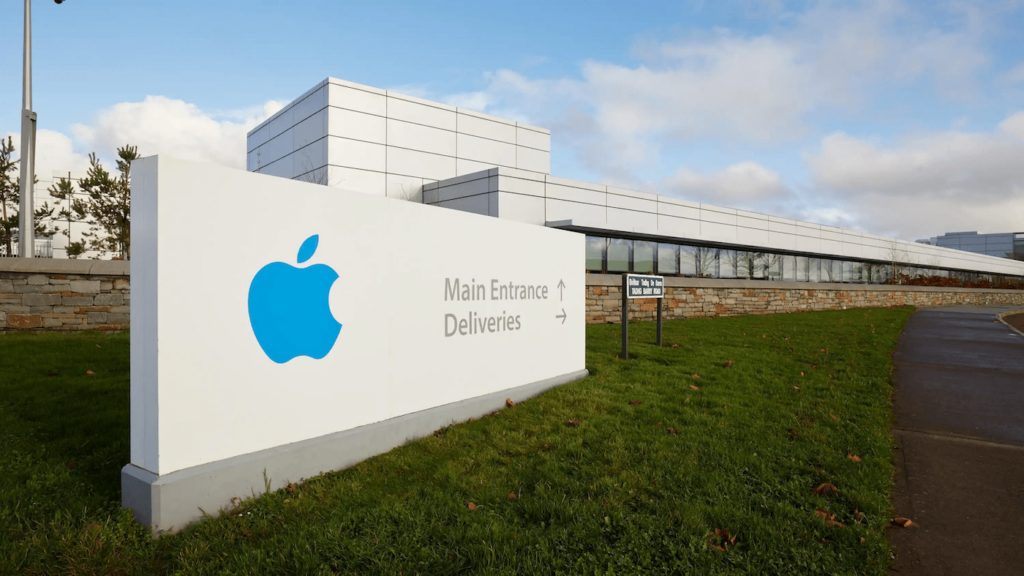Apple Inc., now recognized as one of the most valuable and influential companies globally, had a humble beginning in the 1970s. Co-founded by Steve Jobs, Steve Wozniak, and Ronald Wayne in 1976, Apple started as a garage-based project with a vision to revolutionise personal computing. Wayne, however, left the company just 12 days after its formation, selling his shares for a mere $800 — a decision he would later regret, as the company rose to unimaginable heights.
Despite Wayne’s departure, Jobs and Wozniak remained undeterred. Their complementary skills became the foundation of Apple’s initial success. Steve Wozniak, a brilliant engineer, created the Apple I and Apple II, personal computers that brought technology to the masses. His technical prowess was unmatched, but it was Steve Jobs’ visionary approach and business acumen that transformed Apple from a small operation into a global tech powerhouse.
When Apple launched the Apple I in 1976, the personal computer industry was in its infancy. Wozniak’s design offered a user-friendly device at an affordable price, setting Apple apart from competitors. However, it was the Apple II, released in 1977, that marked the company’s first major commercial success. The Apple II was not just a computer for hobbyists; it was one of the first computers marketed to ordinary consumers, educators, and businesses. Its success created a strong foothold for Apple in the emerging personal computing market.
The launch of the Apple II was followed by several strategic business moves. Jobs was instrumental in securing venture capital, which allowed the company to grow rapidly. He also focused on building a brand that would resonate with consumers, ensuring Apple stood out from competitors through sleek design and user-friendly interfaces.
> Six Ways to Make it Big Like Steve Jobs and Opray Winfrey
By the 1980s, Apple was already making waves, but it was the introduction of the Macintosh in 1984 that cemented its position as a leader in the tech industry. The Macintosh was the first commercially successful computer to feature a graphical user interface (GUI), which made computing more intuitive for everyday users. This was a revolutionary step away from the command-line interfaces that had dominated the market. Jobs’ insistence on a strong design ethos was evident in the Macintosh, and the company began to focus more heavily on user experience, a value that continues to define Apple’s products today.
Apple’s marketing strategies were also crucial in building its brand. The 1984 Super Bowl commercial, directed by Ridley Scott, portrayed the Macintosh as a tool to break free from the conformity of the existing technology landscape, drawing parallels to George Orwell’s 1984. This bold and innovative advertisement made waves, solidifying Apple’s reputation as a cutting-edge company.
However, despite these early successes, internal struggles within the company led to Steve Jobs’ ouster in 1985. During the following decade, Apple floundered as it failed to launch any majorly successful products and struggled to keep pace with competitors like Microsoft.
The turning point came in 1997 when Apple, on the brink of bankruptcy, brought Steve Jobs back to the company. Jobs’ return signalled the beginning of Apple’s renaissance. His focus on streamlining the company’s product line, which had become convoluted, and investing in research and development allowed Apple to innovate once again.
One of the most significant developments during this period was the introduction of the iMac in 1998. The iMac combined powerful technology with sleek, colourful designs that appealed to a wide audience. This marked the beginning of Apple’s emphasis on creating products that were as aesthetically pleasing as they were functional.
Following the iMac, Apple continued to innovate with groundbreaking products such as the iPod in 2001, the iPhone in 2007, and the iPad in 2010. Each of these devices not only dominated their respective markets but also reshaped entire industries. The iPod revolutionised music consumption, the iPhone redefined the smartphone, and the iPad created a new category of mobile computing.
> Sports Journalist Reveals Intimate Moments With Janet Wanja
By 2011, Apple had become the world’s most valuable company, surpassing other tech giants such as Microsoft and Google. Steve Jobs’ leadership, characterized by his relentless focus on innovation, design, and user experience, transformed Apple into a company that was not just about products, but about creating an ecosystem of devices and services that worked seamlessly together.
After Jobs’ death in 2011, Tim Cook took over as CEO, and under his leadership, Apple has continued to thrive. Cook’s tenure has seen the expansion of Apple’s services, including the App Store, Apple Music, and iCloud, which have contributed significantly to the company’s revenue. Apple’s commitment to sustainability, privacy, and new technologies, such as augmented reality and artificial intelligence, also position it as a leader in the future of tech.
From its early days as a garage startup, Apple is consistently pushing the boundaries of innovation. Steve Jobs and Steve Wozniak’s early work laid a strong foundation, and the company’s ability to adapt, innovate, and set trends has kept it at the forefront of the tech industry. Today, Apple’s influence extends far beyond personal computing, shaping the way people interact with technology on a daily basis. With its strong focus on design, innovation, and user experience, Apple’s legacy of success seems poised to continue well into the future.
Kamomonti wa Kiambati teaches English and Literature in Gatundu North Sub County.
























